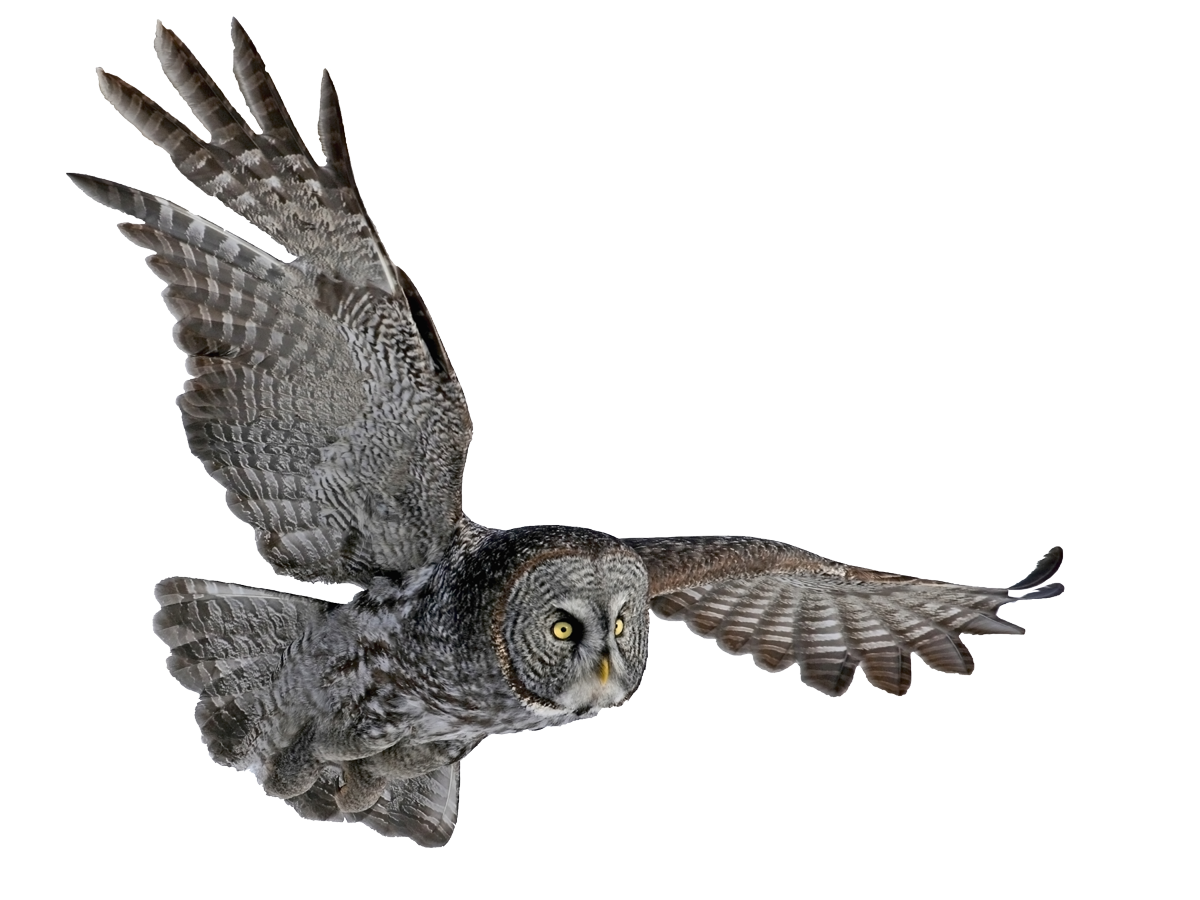Pest categories

House mouse
Common carpet beetle, fur beetle, museum beetle and larder beetle
Fleas
Clothes moth and case bearing clothes moth
Pharaoh ants
Black rat
Flies and houseflies
Gulls
Other pests of stored foodstuffs are beetles
Mediterranean Flour Moth, Indianmeal moth, cacao moth and Broad-barred knot-horn moth
Wood-damaging beetles
Meat flies
Domestic pigeon
Brown rat
Fruit flies (drosophila)
Ants
Cockroaches
Wasps
Bed bugs
Raven birds
Sparrows
Contact us
Domestic pigeon
One of the most common avian pest species found in towns and cities.
Why it is a pest?
Pigeons can spread up to 60 different pathogens and ectoparasites: encephalitis, histoplasmosis, salmonellosis.
They distribute other pests: mites, fleas, clothes moths, stored product pests, etc. Many of the ticks that parasitise pigeons can also infest humans.
Pigeon droppings are very acidic. This can cause damage to equipment, painted surfaces, marble, limestone and other materials.
Fresh faeces accumulated on pavements, ledges or other flat surfaces can cause dangerous situations (slippery).
Faeces also contaminate unprocessed cereals, animal feed, processed and unprocessed foods. Many disease-causing viruses, bacteria, protozoa, fungi, nematodes and ectoparasites are spread along with faeces.
Destroy agricultural production ⎯ grain.
They distribute other pests: mites, fleas, clothes moths, stored product pests, etc. Many of the ticks that parasitise pigeons can also infest humans.
Pigeon droppings are very acidic. This can cause damage to equipment, painted surfaces, marble, limestone and other materials.
Fresh faeces accumulated on pavements, ledges or other flat surfaces can cause dangerous situations (slippery).
Faeces also contaminate unprocessed cereals, animal feed, processed and unprocessed foods. Many disease-causing viruses, bacteria, protozoa, fungi, nematodes and ectoparasites are spread along with faeces.
Destroy agricultural production ⎯ grain.
Which areas are relevant?
- Public health
- Land management and maintenance sector
- Food industry
- Storage areas for foodstuffs and their raw materials
- In grain mills and warehouses
- Logistics sector
What do they harm and who do they harm?
- To humans and their pets by spreading pathogens and other pests
- Faeces pose a risk to human health and property
Key attributes
Pigeons are monogamous ⎯ they mate for life. They reproduce throughout the year, with peaks in spring and summer. Wild pigeons live for about 15 years, captive pigeons survive up to 30 years, and domestic pigeons in urbanised areas usually survive about 3⎯4 years.
The construction of nests is very simple, made of various sticks, leaves and other materials. Nests are stacked on the edges of buildings or in various recesses. Often, the nesting and resting sites coincide, although they may be in different areas. They rest mostly on various high beams.
Pigeons are good at colour discrimination, have hearing capabilities similar to humans, but a poor sense of taste and smell.
Domestic pigeons can memorise standard situations and learn to adapt to a wide range of changing conditions.
These birds usually feed on seeds, grains, some fruits and sometimes various herbs. They feed on waste, insects, arachnids or other food when their normal food is not available. Pigeons usually choose flat surfaces to feed on.
An adult bird eats about 453 g of food per week. Feeding sites may be close to nesting or resting sites, but are usually some distance from the latter.
The construction of nests is very simple, made of various sticks, leaves and other materials. Nests are stacked on the edges of buildings or in various recesses. Often, the nesting and resting sites coincide, although they may be in different areas. They rest mostly on various high beams.
Pigeons are good at colour discrimination, have hearing capabilities similar to humans, but a poor sense of taste and smell.
Domestic pigeons can memorise standard situations and learn to adapt to a wide range of changing conditions.
These birds usually feed on seeds, grains, some fruits and sometimes various herbs. They feed on waste, insects, arachnids or other food when their normal food is not available. Pigeons usually choose flat surfaces to feed on.
An adult bird eats about 453 g of food per week. Feeding sites may be close to nesting or resting sites, but are usually some distance from the latter.
PEST CONTROL involves the protection of human health, property and food resources from unwanted harmful organisms ⎯ pests.
Copyright


